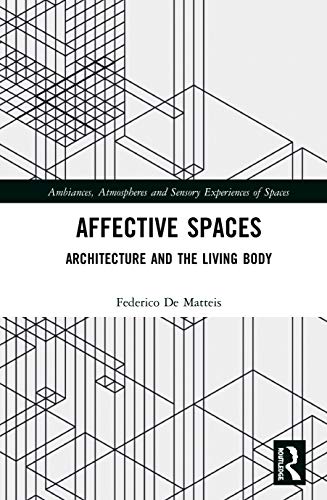

Most ebook files are in PDF format, so you can easily read them using various software such as Foxit Reader or directly on the Google Chrome browser.
Some ebook files are released by publishers in other formats such as .awz, .mobi, .epub, .fb2, etc. You may need to install specific software to read these formats on mobile/PC, such as Calibre.
Please read the tutorial at this link: https://ebookbell.com/faq
We offer FREE conversion to the popular formats you request; however, this may take some time. Therefore, right after payment, please email us, and we will try to provide the service as quickly as possible.
For some exceptional file formats or broken links (if any), please refrain from opening any disputes. Instead, email us first, and we will try to assist within a maximum of 6 hours.
EbookBell Team

4.0
36 reviewsThis book explores the notion of affective space in relation to architecture. It helps to clarify the first-person, direct experience of the environment and how it impacts a person’s emotional states, influencing their perception of the world around them.
Affective space has become a central notion in several discussions across philosophy, geography, anthropology, architecture and so on. However, only a limited selection of its key features finds resonance in architectural and urban theory, especially the idea of atmospheres, through the work of German phenomenologist Gernot Böhme. This book brings to light a wider range of issues bound to lived corporeal experience. These further issues have only received minor attention in architecture, where the discourse on affective space mostly remains superficial. The theory of atmospheres, in particular, is often criticized as being a surface-level, shallow theory as it is introduced in an unsystematic and fragmented fashion, and is a mere "easy to use" segment of what is a wider and all but impressionistic analytical method. This book provides a broader outlook on the topic and creates an entry point into a hitherto underexplored field.
The book’s theoretical foundation rests on a wide range of non-architectural sources, primarily from philosophy, anthropology and the cognitive sciences, and is strengthened through cases drawn from actual architectural and urban space. These cases make the book more comprehensible for readers not versed in contemporary philosophical trends.